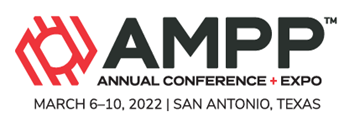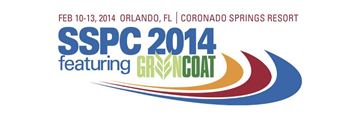Search
Coatings
View as
Sort by
Display
per page
Advances In Digital Twin And AI To Predict And Manage External Corrosion - A Smart Tool For Decision Makers
Product Number:
51322-17992-SG
Publication Date:
2022
$20.00
Advances in Fluoropolymer Resins for Long Life Coatings
Product Number:
41210-532-SG
Publication Date:
2010
$20.00
Advances in Fluoropolymer Resins for Long-Life Coatings
Product Number:
41206-230-SG
Publication Date:
2006
$20.00
Advances in Mechanical Surface Preparation
Product Number:
41212-663-SG
Publication Date:
2012
$20.00
Advances in Mechanical Surface Preparation
Product Number:
41211-587-SG
Publication Date:
2011
$20.00
Advantages and Savings by Using Portable Wheel Blast Machines for Maintenance of Storage Tanks
Product Number:
51220-247-SG
Publication Date:
2020
$20.00
Aerogel Additives for Next Generation of Water Borne Insulative Coatings
Product Number:
41212-671-SG
Publication Date:
2012
$20.00
Aesthetic Issues With Spray-Applied Fluoropolymer Coating System
Product Number:
51322-17971-SG
Publication Date:
2022
$20.00
After 30 Years Of Duplex Stainless Steel Experience In Oil & Gas - Do We Still Face Challenges?
Product Number:
51322-17690-SG
Publication Date:
2022
$20.00
Aggregating And Standardizing Disjointed Integrity Management Data
Product Number:
51322-17646-SG
Publication Date:
2022
$20.00
Air Balancing is More Than a Building Science
Product Number:
41214-858-SG
Publication Date:
2014
$20.00
Air Barrier Testing of Concrete Masonry Assemblies and the Effect of Surface Coatings on Air Permanence
Product Number:
41212-685-SG
Publication Date:
2012
$20.00











